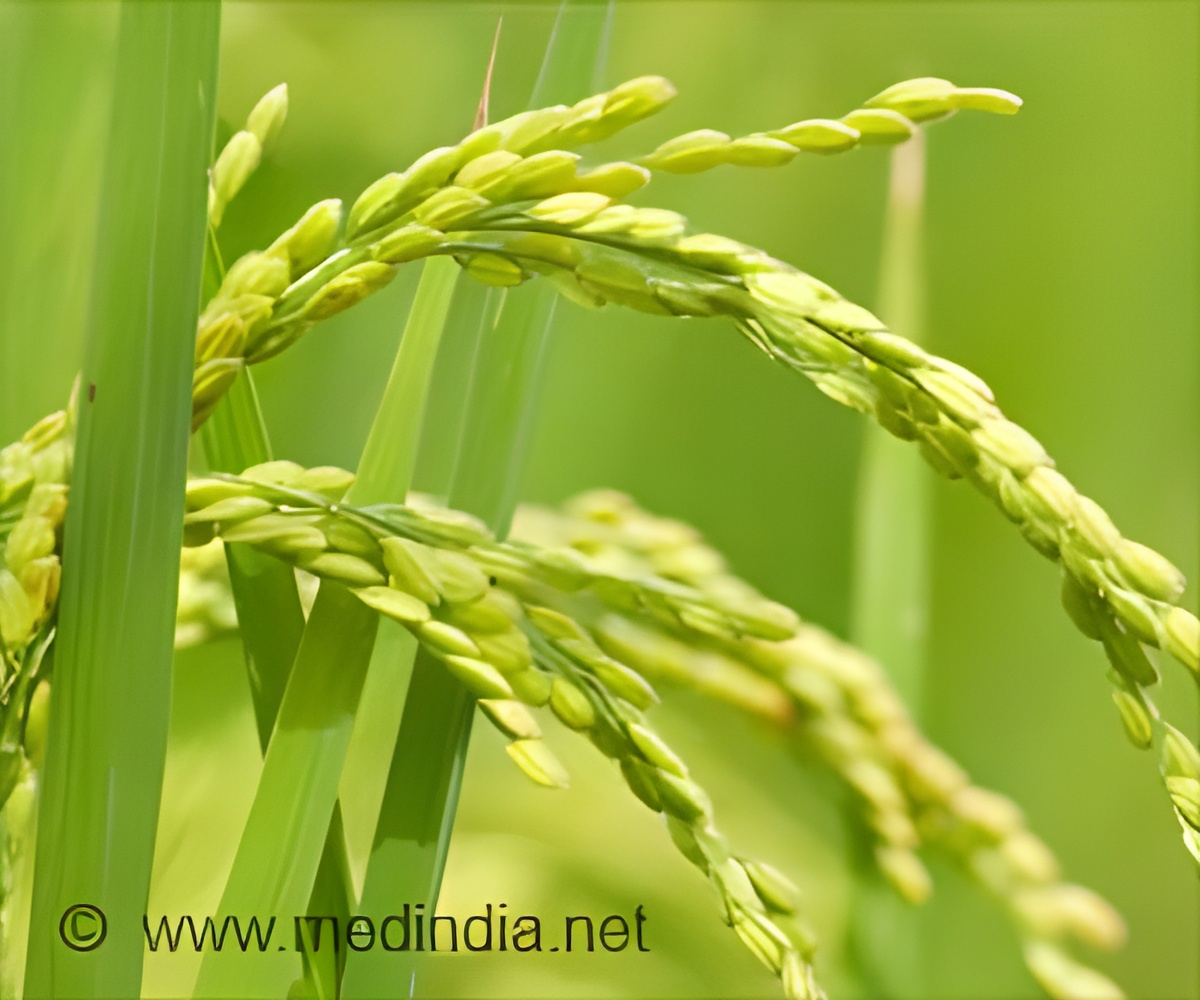
‘The high-protein bred rice grows in the same old- traditional method without any additional cost or different practices and can help significantly in overcoming the global crisis of malnutrition.’
Tweet it Now
The rice was developed through a traditional breeding process. It's the first long grain high-protein rice developed for use anywhere in the world, he says. On average, it has a protein content of 10.6%, a 53% increase from its original protein content. It also needs less heat, time, and usually less water to cook. This high-protein cultivar is currently marketed as "Cahokia" rice. It is grown commercially in Illinois. However, breeding a crop for more nutrients like protein can cause yield to go down. The researchers are trying to combat this. They tested a total of 20 new lines of high-protein rice to see if any would have a higher yield. Their data showed the new high-protein lines improved yield by 11-17% compared to the yield of the first high-protein line. Grain quality characteristics differed.
Utomo says this new advanced line, with higher yield, is ready for final field testing prior to release.
Utomo adds researchers developed high-protein rice because of the growing market for new products that can offer more nutritional value from major food crops, including rice. In addition to being eaten plain, the high-protein rice can be processed into specialty food for higher nutrition. Many products--from rice flour used in baked goods to rice milk, baby foods, cereals, and crackers--contain rice, and could benefit from more protein.
"We are now studying exactly how flours from this rice bakes differently than other rice flour," Utomo says. "The interest in gluten-free baked products continues to grow. This will present another opportunity for rice growers to give people what they are looking for."
Advertisement
"Farmers don't have to change much to grow the high-protein line now on the market," Utomo says. "The higher protein is an incredible added value they can get without any additional cost or changed practices."
Advertisement
Source-Eurekalert










